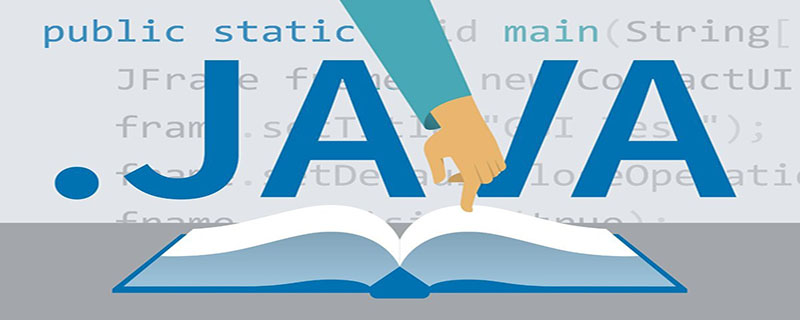
Tools:
eclipse, MySQL, MySQL connection driver: mysql-connector-java-5.1.45.jar
1, Create a new java project and then create a new folder - libs (used to store various external packages)
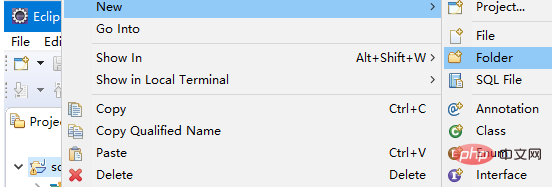
2. Add a connection to the mysql database in the package The package
is mysql-connector-java-5.1.45-bin.jar, then copy and paste it under the libs folder of our java project (note that it is in the physical address); at this time, in In eclipse—right-click the libs folder—Refresh, and put the downloaded JDBC into the folder, as shown in the following figure:
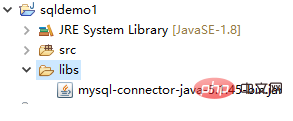
##3, Jar package on the build path
a. Click on the project - select Properties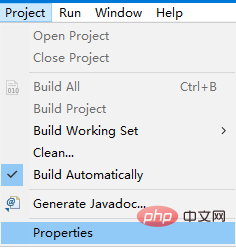
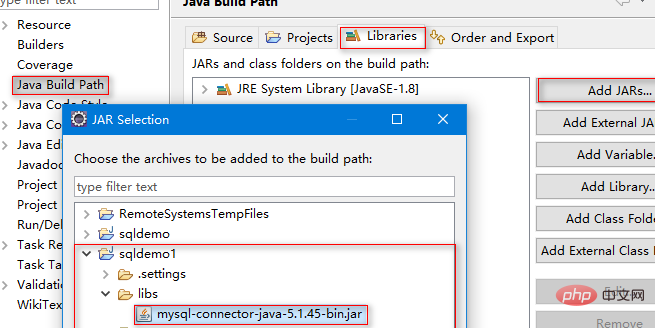
4. Connect the mysql database in the java project
Create two new Class class files in the java project package, which I named DBHelper and Demo
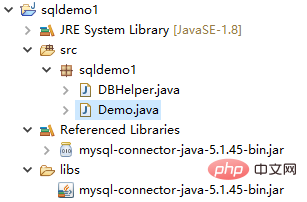
package sqldemo1;
import java.sql.Connection;
import java.sql.DriverManager;
import java.sql.PreparedStatement;
import java.sql.SQLException;
public class DBHelper {
public static final String url = "jdbc:mysql://127.0.0.1/student";
public static final String name = "com.mysql.jdbc.Driver";
public static final String user = "root";
public static final String password = "";
public Connection conn = null;
public PreparedStatement pst = null;
public DBHelper(String sql) {
try {
Class.forName(name);//指定连接类型
conn = DriverManager.getConnection(url,user,password);//获取连接
pst = conn.prepareStatement(sql);//准备执行语句
} catch (Exception e) {
e.printStackTrace();
}
}
public void close() {
try {
this.conn.close();
this.pst.close();
} catch (SQLException e) {
e.printStackTrace();
}
}
} package sqldemo1;
import java.sql.ResultSet;
import java.sql.SQLException;
public class Demo {
static String sql = null;
static DBHelper db1 = null;
static ResultSet ret = null;
public static void main(String[] args) {
sql = "select *from stuinfo";//SQL语句
db1 = new DBHelper(sql);//创建DBHelper对象
try {
ret = db1.pst.executeQuery();//执行语句,得到结果集
while (ret.next()) {
String uid = ret.getString(1);
String ufname = ret.getString(2);
String ulname = ret.getString(3);
String udate = ret.getString(4);
System.out.println(uid + "\t" + ufname + "\t" + ulname + "\t" + udate );
}//显示数据
ret.close();
db1.close();//关闭连接
} catch (SQLException e) {
e.printStackTrace();
}
}
}5. Analysis of the reasons for failure to connect to the mysql database
a. Is the database service open?b. Whether the corresponding database has been created; c. Whether the jar package has been added; d. Whether the driver has been loaded; e. Connection string, Are the login name and password correct? Recommended tutorial:The above is the detailed content of Steps to connect java to database. For more information, please follow other related articles on the PHP Chinese website!